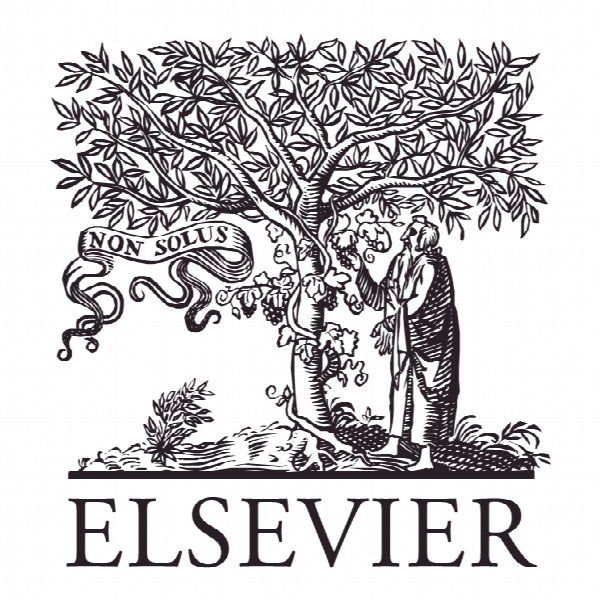بازی قدرت نهادی در سیستم های نوآوری: مورد Herceptin Institutional power play in innovation systems: The case of Herceptin
- نوع فایل : کتاب
- زبان : انگلیسی
- ناشر : Elsevier
- چاپ و سال / کشور: 2017
توضیحات
رشته های مرتبط مدیریت
مجله سیاست تحقیق – Research Policy
دانشگاه موسسه Fraunhofer برای سیستم ها و تحقیقات نوآوری، آلمان
نشریه نشریه الزویر
مجله سیاست تحقیق – Research Policy
دانشگاه موسسه Fraunhofer برای سیستم ها و تحقیقات نوآوری، آلمان
نشریه نشریه الزویر
Description
1. Introduction The technological innovation system (TIS) framework has emerged over the past few years as an analytical tool to study the dynamics of new and emerging technology fields (Carlsson et al., 2002; Edquist, 2005; Hekkert et al., 2007; Markard and Truffer, 2008a). Rooted in evolutionary economics, it highlights the importance of dynamic interplay between institutional structures and the various groups of actors (Carlsson and Stankiewicz, 1991; Carlsson et al., 2002) that, together with technology and networks, are considered key structural elements of innovation systems (Hellsmark, 2010). Because the TIS framework was initially intended to be used in conjunction with firm strategy literature in order to explain the systemic aspects of innovation and to derive recommendations for policy makers in their respective technological areas (Bergek et al., 2008; Hekkert et al., 2007; Jacobsson and Bergek, 2004), the majority of TIS studies take a meso-level perspective. Some authors in innovation studies have recently expressed concern about the lack of effort directed toward exploring how micro-level activities by different innovating actors influence the innovation system (Hellsmark, 2010; Markard and Truffer, 2008a; ∗ Corresponding author. Tel.: +49 17684059527. E-mail addresses: piret.kukk@isi.fraunhofer.de, piretkukk@hotmail.com (P. Kukk), e.h.m.moors@uu.nl (E.H.M. Moors), m.p.hekkert@uu.nl (M.P. Hekkert). Musiolik et al., 2012). Because of this, the deliberate activities of specific actors, or so-called system builders, are overlooked. They are associated with a strong vision aimed at creating and shaping the system in their own interests (Hellsmark and Jacobsson, 2009). It is important to analyze these deliberate actor strategies for system building in TIS studies in greater depth (Farla et al., 2012; Truffer et al., 2012). Several studies have illustrated the importance of entrepreneurs as prime movers (Carlsson and Stankiewicz, 1991; Hellsmark, 2010; Markard and Truffer, 2008a; Negro et al., 2007) in shaping innovation systems, but we still lack insight in how actors shape different innovation systems.


